Every August 9th, the UN has designated the day International Day of the World’s Indigenous Peoples and in the US October 9th is a holiday Indigenous Peoples Day. Over the years, we have been fortunate enough to get to know and experience many different indigenous cultures. We have learned from them, admired their tenacity and did what we could do to support them.
Indigenous cultures are an integral part of the world’s cultural diversity, representing the rich heritage and traditions of the first inhabitants of various regions. From the Amazon to the Arctic, indigenous communities have thrived for centuries, preserving their unique customs, languages, and ways of life. This article takes you on a global journey into indigenous cultures, highlighting their vibrancy, diversity, and resilience.
The Amazon Rainforest: Unveiling the Vibrant Traditions of Indigenous Tribes
One of my first true encounters with an indigenous tribe was in the Amazon. We traveled by dug-out canoe with a local and a guide from National Geographic. We trekked through the rain forest and came to a small clearing. Once there, the local pounded a club against another log and from the trees the tribe came to greet us. They were hunters and gatherers and very rarely met with outsiders. This was not a “tourist” tribe.
We could barely communicate as they had their own language, but we did dance and traded items. I got a blow dart gun with piranha teeth arrows that he used for hunting. It was one highlight of my life.
The Amazon rainforest is not only a biodiversity hotspot but also home to numerous indigenous tribes. These tribes, such as the Yanomami, Kayapo, and Ashaninka, have inhabited the region for thousands of years, living in harmony with nature. Their deep connection to the rainforest is reflected in their spiritual beliefs, traditional practices, and sustainable lifestyles.
For instance, the Yanomami people, one of the largest indigenous groups in the Amazon, have a profound understanding of the forest’s medicinal plants. Their knowledge of herbal remedies has contributed to the development of modern medicine, with over 25% of Western pharmaceuticals derived from rainforest plants. However, deforestation and encroachment threaten both the rainforest and the indigenous communities that depend on it.
From the Andes to the Amazon: Discovering the Diversity of Indigenous Cultures in South America
South America is a treasure trove of indigenous cultures, ranging from the Quechua and Aymara in the Andes to the Guarani and Tupinambá in the Amazon. Each group has its distinct language, customs, and artistic expressions, reflecting their deep-rooted connection to the land.
The Quechua people, for example, are renowned for their intricate textiles and vibrant festivals. Their weaving techniques, passed down through generations, produce intricate patterns that tell stories of their history and traditions. Similarly, the Aymara people celebrate their cultural heritage through music, dance, and traditional clothing, showcasing their resilience in the face of historical challenges.
Meeting, learning and experiencing the Quechua culture was fascinating and another highlight.
Indigenous Peoples of North America: Preserving Ancient Traditions in the Modern World
North America is home to a diverse array of indigenous cultures, including the Navajo, Inuit, and Cherokee. These communities have faced centuries of colonization and forced assimilation, yet they continue to preserve their ancient traditions and revitalize their languages.
The Navajo Nation, the largest Native American tribe in the United States, is renowned for its intricate silver and turquoise jewelry, as well as its vibrant rugs and blankets. These artistic expressions not only serve as a source of income but also as a way to pass on cultural knowledge and maintain a strong sense of identity.
The Arctic Circle: Unraveling the Resilience of Indigenous Communities in Extreme Environments
The Arctic Circle is home to indigenous communities such as the Inuit, Sami, and Nenets, who have adapted to the harsh conditions of the region for thousands of years. These communities rely on traditional hunting, fishing, and herding practices, demonstrating their resilience and deep understanding of the Arctic ecosystem.
For example, the Inuit people have developed sophisticated techniques for hunting marine mammals, such as seals and whales, using kayaks and harpoons. Their knowledge of the ice and weather patterns is crucial for survival in this extreme environment. However, climate change poses a significant threat to their way of life, as melting ice and changing ecosystems disrupt traditional hunting grounds.
Kati and I camped out in a hide tent in the arctic with the Sami people. To learn how them keep themselves warm and make clothing for the bitter winters was incredible. They were very open and proud of their culture and we could have learned so much more from them.
Another time, we were in the arctic and the Inuit were heading off hunting whale. With little more than a spear and small fishing boat they were in-fact successful. It was incredible to see.
Indigenous Cultures of Africa: Celebrating the Heritage of the Continent’s First Inhabitants
Africa is a continent rich in indigenous cultures, with over 2,000 distinct ethnic groups. From the Maasai in East Africa to the San people in Southern Africa, these communities have diverse languages, customs, and artistic traditions that reflect their deep connection to the land.
The Maasai, known for their distinctive red clothing and intricate beadwork, have a strong cultural identity centered around their semi-nomadic lifestyle and cattle herding. Their traditional ceremonies, such as the coming-of-age ritual for young warriors, showcase their vibrant traditions and community cohesion.
Kati and I have some Maasai friends and look forward to returning to Africa and seeing them again. They are an important part of Kenya and Tanzania and some of the nicest and warmest people you could meet and get to know.
Our Final Word: Embracing the Importance of Preserving and Celebrating Indigenous Cultures Worldwide
Indigenous cultures are a vital part of our global heritage, representing the diversity and resilience of human societies. From the Amazon to the Arctic, indigenous communities have thrived for centuries, adapting to their environments and preserving their unique traditions.
However, these cultures face numerous challenges, including land encroachment, climate change, and cultural assimilation. It is crucial for governments, organizations, and individuals to recognize the value of indigenous cultures and support their preservation and celebration.
By embracing the importance of indigenous cultures worldwide, we can learn valuable lessons about sustainable living, cultural diversity, and the interconnectedness of humans and nature. Let us celebrate and honor the richness of indigenous cultures, ensuring their legacy for future generations.
We are all connected and these cultures are just as important as ours. Maybe more so. They have value and have already learned how to live sustainably. We should all be celebrating on October 9th.
Related Posts
I weep for America
I woke up this morning feeling a sense of doom in the world. I feel that I do not even know the country that I live in any longer. As someone that travels throughout the world and tries to make connections with the people and wildlife that I come across, it was incredible that America elected someone like Donald Trump. It is incredible that people would vote against their own best interest and seem to be happy about it. It is incredible how many racist, misogynistic and uneducated people there are in America.
Conservation Champions: 5 Exemplary Wildlife Preservation Efforts Making a Difference
Conservation Champions highlights five remarkable wildlife preservation efforts that are truly making a difference. From protecting endangered species to restoring habitats, these initiatives showcase the dedication and innovation of individuals and organizations committed to safeguarding our planet’s biodiversity. Discover the inspiring stories behind these exemplary conservation projects and the impact they have on our natural world.
Beyond the Big Five: Discovering Wildlife Wonders in Non-African Safari Destinations
“Beyond the Big Five” takes you on a thrilling journey to lesser-known safari destinations outside of Africa. From the lush rainforests of the Amazon to the vast plains of the Pantanal in South America, this article uncovers the hidden treasures of wildlife wonders that await adventurous travelers seeking a unique and unforgettable safari experience.

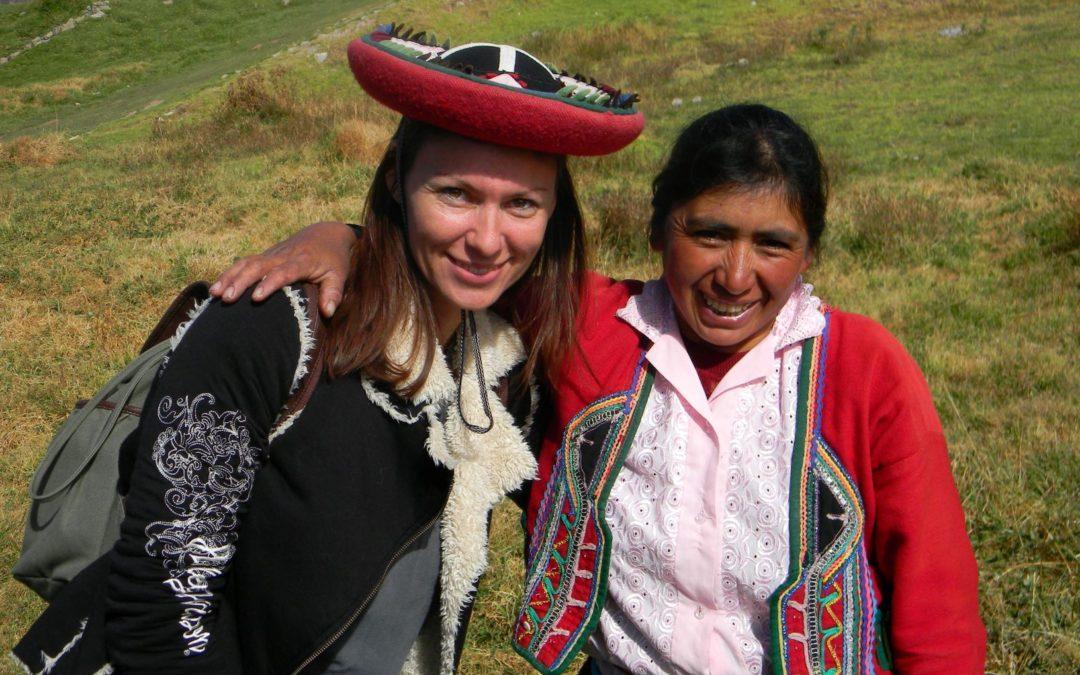

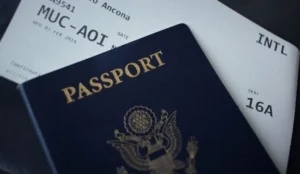
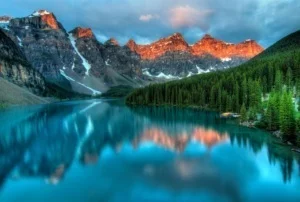

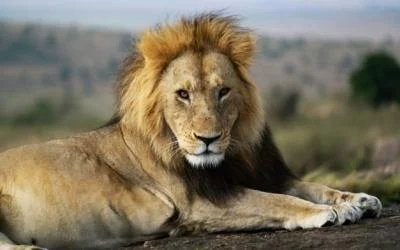
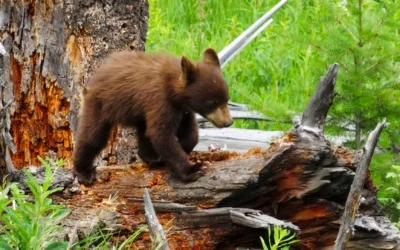
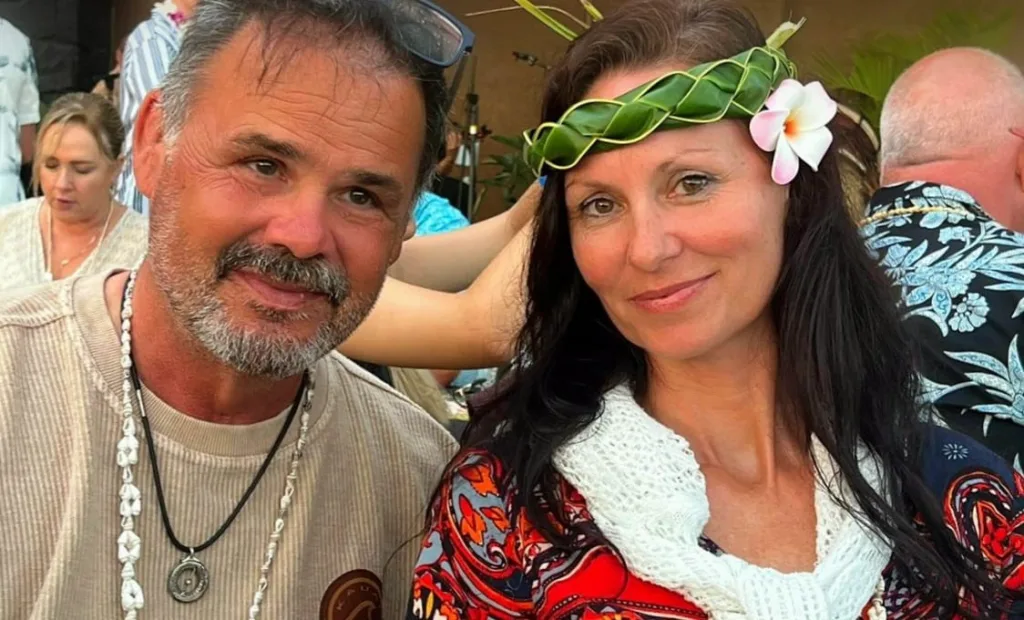


0 Comments